Vivienne’s Diary – 24 July – 22 August
Thu 24July: In summer each year we go to Andreas’ family in the Tyrol for our holiday. Munich is the nearest airport and we are staying here for two nights. We arrive mid-afternoon and in the evening we go to the opera to see “The Marriage of Figaro”.
I was pleased that the costumes were 18th century – a minimalist theatrical version. It’s safer to do it from the costumes of the time; you have to be clever to make modern dress work. The set was minimal – the stage was filled with a box of three white walls. They were super-white and lit with backlight. Token pieces of furniture were placed inside and changed in each scene; the best effect was in the scene where everyone was getting lost and mistaking each other in the garden at night – the floor was totally covered in a white sheet and when people wanted to hide behind a bush they got underneath it or picked up a separate square of white cloth and got underneath it. Nevertheless the effect was a bit thin. You were conscious of the figures looking precious against the white – kind of like porcelain figurines. You thought of them as figures rather than people.
The plot is really complicated and though I have seen this opera a few times and I remember what is being sung in the main arias, I could not follow all the moves and the sexual possibilities of da Ponte’s libretto. The subtitles were in German and Andreas is completely useless at getting his head round a way to explain the synopsis written in German in the programme, so he couldn’t help me to prepare during the intervals and I missed all the subtlety.
We adore the sublime genius, Mozart, but the singing also seemed a fraction thin, the exception being Cherubino – and I love the masculine presence and voice of Erwin Schrott, who sang Figaro.
Fri 25 July: My friend, Patricia, who lives just outside Munich came to see me in the hotel bringing her youngest child, Augustino, eight months – already standing; he should be an early walker. I taught her as a student in Berlin and she worked with us in London for a time as a design assistant. Just want to say I enjoyed having her with me and her laugh is happiness itself. Indescribable. She reads my blog which is important for me.
Then Andreas and I went to an art exhibition which was devastating yet uplifting because it is great art. It was a double bill: Max Beckman and Otto Dix, who both served in WWI, and the exhibition was arranged according to the similarity of subject matter of the two.
The first thing to say is that both artists could paint beauty. There was a stunning portrait by Beckman of his girlfriend, Naila. I know of nobody calling himself an artist today who is capable of drawing or painting beauty: we too can all draw ugliness but we just don’t bother because we have no wish to call ourselves artists.
Both artists had drawn, etched and painted what they saw in that war and its results; Dix emphasised the message and arrested your attention. You had to bear witness to the horror, you had to look or immediately turn away. Beckman allowed you to look longer before the realization hit you. I was shocked to know that Dix’s shocking images were the truth; it was that bad. And we know this because Beckman painted the same thing, his war victims were the same.
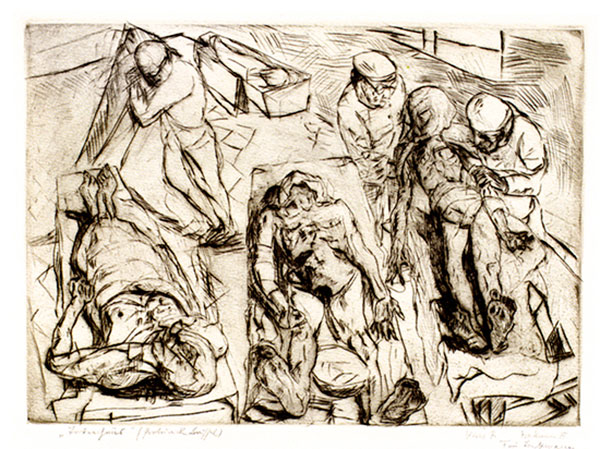
There were scenes of torture and scenes of horrific injuries and this cold end to soldiers’ lives left my stomach heavy and drained of emotion. I had to turn my self away.
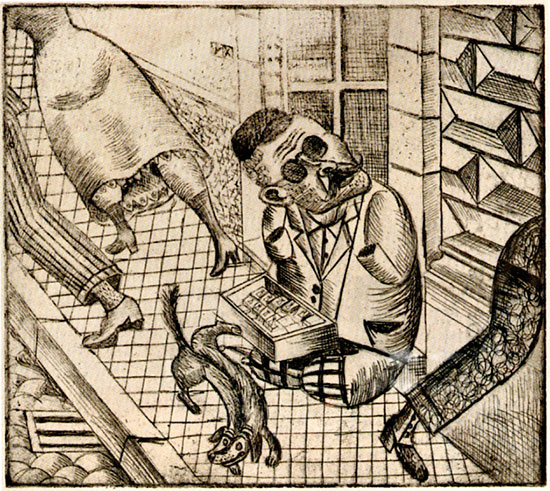
Dix had returned from the war for less than 2 years when he made this etching entitled “Match Seller”
Before we went to the opera that night to see “Orpheus” by Monteverdi, I read the synopsis in English on Andreas’ computer. Orpheus the shepherd played such beautiful music on his lyre that the birds and beasts came to listen. His beloved, Eurydice, dies from a snake bite. He went to Hell and Pluto gave him permission to take her back to life on condition that he did not look back at her as she following him. As he got to the opening he turned to look and she faded back into the Shades. We were joined by Andreas’ friend of many years, Bertrand and his sister, Silke.
The idea for the set and the costumes was very good. It was set in the 1970’s and began with the hippy wedding of Orpheus and Eurydice. There were no scene changes. The costumes were hippy and intermixed with historical garments which was true to the hippy period (remember Hendrix wearing a theatrical 19th century soldier’s jacket with gold braid). The costume history was from mixed-up periods and went back to the time of Monteverdi – so it was clever in bringing the true historical date (1607) of the opera up to modern times.
The only thing is that everything was so unattractive, especially the costumes. Why? – Because everything was greyish or white; the floor of the stage was covered in a grey plastic sheet and, of course, the mood of the hell scenes worked better in this grey. Orpheus’ suit was rubbish; it was in beige – probably to stand out against the grey! – crumpled linen of a fashion that was just coming in, in the 70’s and is best described by saying it looked like Giorgio Armani (I’m not criticising Giorgio, just the suit in this context). The problem is that many theatre designers today think that without colour and, therefore, neutral – that this leaves more room for the imagination. But I wish they would drop this boring convention.
The wigs were great and, in particular, the long dark wig of Charon – the ferryman who takes you over the River Styx and into Hell – suited so well the man who sang this role; his features were riveting, he had a sharp strong nose, eyes that flashed sapphire and amazing white teeth. Pluto, the god of the underworld, was big and beautiful – really a god of a man and he had a long silky, medium brown wig; he was wearing a vest and they had covered his arms and chest with matching hairs, long and floating and real looking. I would love to have seen him riding his chariot – or a Harley. His queen, Proserpine, had a great dress, a long black gown filled with stars (little electric lights). She was a great singer and actress. She was the audience’s favourite and the audience went crazy at the curtain.
The performances rose to the highest aspiration of the sublime music.
We walked across the park with our friends to a restaurant bar where we ate traditional mash with fried egg.
Sat 26 July: Before we left for the mountain we paid a visit to the Frauenkirche, the brick cathedral near to our hotel. It was incredibly beautiful inside, a high gothic nave with its two side aisles; tall pillars and arches all in white stone. A large simple crucifixion hung high towards the end.
On the train to Jenbach we sat opposite a fat man whose belly spread into his lap. He was dressed casually and elegant and his body language was delicate and refined as he talked to his daughter of around 20. His son was reading. When we got off, Andreas told me that he had expressed himself at the highest level of the most beautiful German with a remarkable ease and rich vocabulary.
I am going to start learning German during this holiday. I don’t know why after all this time – I taught for 13 years in Berlin (going 7 or 8 times a year for about 4 days each time), our pattern cutters are always German (they are the best) and I’ve been married to Andreas for more than 20 years. One reason is because I’m inspired by German painters and by Bach and Handel. And of course Mozart spoke German. Then there’s Brecht…I don’t pick up a language by ear, I need a book – I speak French and Italian. I will then learn Chinese so I can read the characters. I think the characters each have their own story and that when you put the characters together they keep their story as well as contributing to the whole new story – and that this keeps the newly created story alive to deeper meanings.
Gregor, Andreas’ nephew, collects us from the station and we drive to the mountain. We stop for a week’s groceries then drive to the chalet which is lower down the mountain to say hello to Martin, Andreas’ brother and Gregor’s dad, then drive on to the higher chalet. There are two chalets and Martin the farmer switches between them because the cows alternate between pastures. It is peaceful here; we will read and walk. We light the fire in the stove. The chalet has everything we need, cool cellar – no need for a fridge – solar electric light, pure water, milk, stars. The region we are in is the Inner Alpachtal.
Sun 27 July: We are invited to lunch with Martin and it is his birthday. Julia, Martin’s wife, has a hairdressing salon in the village of Fugen at the bottom of the mountain. She has three children; she doesn’t seem to get a day off and every Sunday she comes up to see Martin and to cook – there are other guests, too, including Andreas’ father, Franz, and Auntie Herma.
I go with Martin to the barn where one of the cows is giving birth. The two front feet are out but we go back into the house because everything is ok; the cow is lying in a good position and Martin isn’t needed yet. When we go back the calf’s nose is out. Martin puts his hand in and moves the calf’s head forward a bit but it is still inside; you can see the shape of the calf’s head covered by the distended fur-covered flesh of the mother. The feet and nose are white, a bluish white and I can’t see any sign of life- except the calf’s tongue, which is hanging out, moves. Martin ties a rope to its feet and does some serious pulling, sitting with his feet wedged against the mother’s backside, and he moves his other hand round the head inside her, easing it forward. The calf’s eyes are shut and all of a sudden the whole head is out. The mother stands up as the total calf sloshes out in the broken waters and lands on her hip. She is brown and white and her wide eyes are fringed with white lashes. I was shaking with emotion. I wanted to cry. Martin kept the calf tied away from its mother – this was her first baby and he doesn’t trust her; she’s funny and once chased some hikers and he can’t let her out anymore. I don’t mind if the calf is separated from her mother because they get distressed if they are separated after they have bonded. I saw that the cow standing next to the mother was licking the mother clean. It’s an intuitive response. It’s the first time I have seen any animal born. I’m glad she’s a girl because little bulls have a very short life. Within five minutes she was trying to stand. She’s called her Vivienne.
I’m stupid. We would have had the best photo the Diary’s ever had but I never thought of getting someone to do it – I, myself, never take photos, I don’t have a mobile phone. Gregor says the next time a cow calves he’ll try to arrange one.
Unusually for the time of year the weather is terrible. We can’t see anything; we are in cloud and the rain is constant like strings sheeting down; sometimes we have storms with thunder and lightning, around us in the chalet, sometimes hail. This lasts more or less until the end of Thursday. Andreas managed one short walk during a break in the clouds. Miraculously, every night the clouds break and the sky is filled with stars.
Wed 30 July: We are cosy in the chalet but the weather being impossible for walking, we decide to go for the day to Innsbruck. Gregor collected us and on arrival we went to see Otmar, Franz’s brother, who lives there. Christel, his wife, was not here and I missed her – I like them both. While the men were chatting, I looked at a supplement of German Vogue, which showed the last collections. There was a trouser suit from our Red Label collection. I noticed it because it was just about the only thing I liked. I thought most of the stuff was pretty bad and I don’t think there was anything I would have accepted as a present. I mention this because normally I don’t look at fashion magazines and the effect it had on me was to make me enthusiastic about doing our next collections. (Since then I saw somewhere a very nice dress by Dior).
We all went into town for lunch. Some of the town is very old. We went to the gallery of Austrian painters. Some of the paintings had historical subject matter. This painting is of the Tyrolean hero, Andreas Hofer.
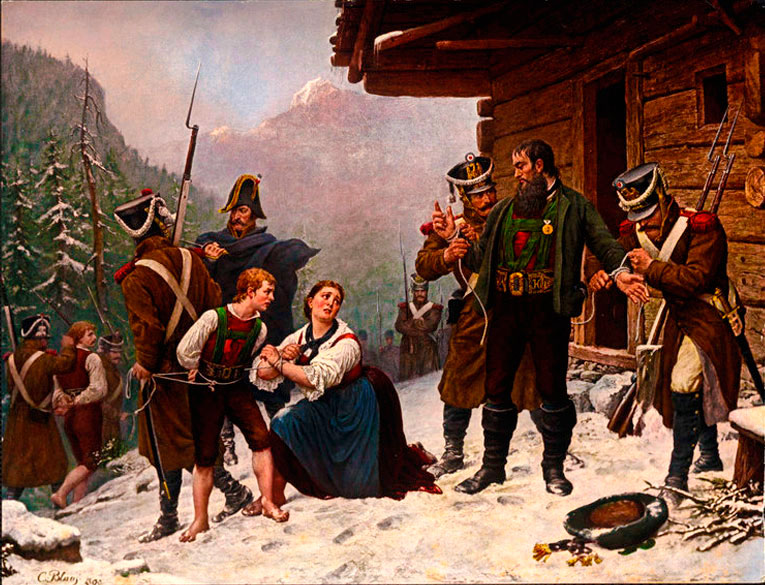
He led the mountain men and they defeated Napoleon’s army with pitchforks. This proved that Napoleon was not invincible and that idea spread. Here Hoffer is captured because of a Judas, – then killed.
Then, following Andreas, I found myself inside a church looking at something I’d heard about when we were once in Vienna looking at art commissioned by Maximilian.
It is his great tomb, built during his lifetime and wonderfully designed and worked. It contains only his heart. Around 30 bronze and larger than life figures surround it, watching over Maximilian in homage. The figures are heroes and ancestors chosen to give Maximilian a grand pedigree – of course the claims are not true, he is just manufacturing the importance of himself and his family for ongoing prestige. They were designed by the top artists of the day – Durer was one – and they would first have been carved in wax, massive and with precise detail, especially in the brocaded patterns of their rich garments. It is a momentous undertaking, more difficult to do and more prestigious in its day than, for example, building the twin towers was to us.

The cenotaph is surrounded by 28 large bronze statues (200 – 250 cm) of ancestors, relatives and heroes.
It is weird to us, this idea of burying different parts of the body of important people all over the place. In one of his travel journals, Aldous Huxley mentions how, in the time of Louis XIV, during a funeral service for some of the remains of one of Louis’ aunts – the remains were her guts which were inside a sealed urn – the guts had fermented and caused the urn to explode, splattering everyone. Huxley called it an “anatomic bomb”!
How about this? Dix and Beckman and the inhuman activity of chopping and blowing up people in organized war; the most elaborate tomb ever created for posterity occupying and enshrined in a church, containing a man’s heart, which has set me thinking of China kidnapping innocent people and cutting out their organs, one by one, starting with the cornea of their eye, whilst they are still alive and selling them for transplants; America burying people – whether innocent or guilty of a crime – in a concrete cell without human contact for life. then tell me: are we sane to fight for a better world? The authorities continue to dig the pit of Hell into which they too will fall.
Fri 1 August: Awoke to Mountain Glory! – And the Sun in the Blue. Andreas went out walking to the top of the mountain. I missed the opportunity; I was reading and had a breakthrough – getting a glimmer of what I’m searching for and hoping to enrich my perspective on the world and who we are. (Rabelais – there’a a lot still to read).
We went down the track to see a mud slide which had blocked it.
Sat 2 August: At last I walked with Andreas to the top of the mountain and then back through the woods. We didn’t pick the porcini mushrooms which were everywhere because we’d been feasting on them for three days – people were sending us baskets of them. The porcini (French: cepes) are called Steinpilze (one was as big as a hat) and chanterelles are called Pfifferlinge. Andreas has been cooking and he’s read three books; “Things fall apart” by Chinua Achebe, which he adored – the most elegant writing and an incredible story, the first – and still considered the greatest literature to come put of Africa; a biography of a 19th century dancer and courtesan Lola Montez a beauty who travelled the world; “The secret Diary of Marechal Croy” the book is subtitled “Never was more splendid to live” – a courtier – travelling in Louis the 14th coach, he received the honour to sit on the Kings knee for a chat.
Sun 3 August: The time has passed too quickly but we are going to Lake Constance to see Iris and her sons for two days (she was our pattern cutter/inventor, remember?).
Gregor comes for us at 10 o’clock and we call in to say goodbye to Martin and to have traditional Sunday lunch (little crispy pancakes with a kind of Quark inside, bean and barley soup accompanying it, buttermilk to drink; cake and coffee. Julia gives us another big bag of mushrooms to take to Iris.
On the way down (the mountain belongs to the family) we stop at a 500 year old chalet, large and perched on top of a steep slope, rented out but belonging to the family. Andreas talks more often now of how one day he would like to give himself time and space to make it sound enough for another 500 years. He would take it apart and strengthen every piece of it and put it all back as it is and in immaculate condition. There was never a house more elegant than this. It is true, built to last and at one with the environment it was built for: self-contained and complete.
We caught the train from Innsbruck to Lindau. Iris and her boys, Aamon and Hatto, met us and took us to look around at Bad Schachen, a spa resort of the 1930’s, the Riviera of the Germans. Everything is still original, nothing has changed. An old man pushed a machine that looked like a lawn mower along the gravel paths stopping to let it burn off any grass under it, which had poked through the gravel.
I stayed in Iris’ house writing up my Diary whilst the others went out. Iris was fine with this; she was so pleased to have me and wanted me to do exactly as I wanted. Staying also with the family were Florian and his daughter, Josephine, aged 9. They had all met on holiday. The boys’ father and the girls’ mother are dead. Josephine did everything with the boys, hurtling down the hill on their scooters, jumping off the pier and canoeing in the lake. I saw them as they came home, barefoot, she naked except for a pair of long printed cotton shorts worn low and still wet (I guess it’s a surfer’s fashion). They are all so fit and skinny, at an age where they are completely unselfconscious and open to everything – sitting all close up on the settee. I loved her; it’s such a treat to be with children.
Tues 5 August: On the last evening before we came back we had a party at Iris’ friends’ house. This group of people have plans for an energy centre. On the hillside are a series of long buildings, now abandoned, which were once a holiday centre for orphan children. It would be ideal. I believe they will get it together.
Iris runs and does yoga (also teaches it) and for quite a time she has been practicing energy work. She taught Andreas and up till now Andreas gave me a bottle of pomander which I put on my hands, smell them and then pass them up over my head and down my body over the chakra points. I do this each morning to start the day. I don’t know much more about it than this. But it must be a way to connect with cosmic forces and centre your own energy, empower you to help yourself and others. A Chinese friend once took my hands and thereby moved my arms round my body, then let them go but so that I was able to collect my energy and draw it towards me. It felt like it would do, if you did this in water except that the energy stayed with me.
We had a ceremony at this abandoned centre with Shaman Leo and we each made an undisclosed wish.
This part of the world is like a garden, lush and green with fruit trees everywhere laden. On our way down our host to whose house we were going for the party, told us that because the vines in the fields were cut by machine the grapes did not ripen well. He himself has a small vineyard and he says it is lovely work to trim the vines by hand; you need to leave the right amount of leaves with the fruit. We are going to drink his wine. Iris’ friend, Roland, cooked the food. A few years ago he began entering his wines in the most prestigious wine competition in the world – somewhere in Austria. They won gold or silver – to his complete surprise – and have done since. On a wall of his house the plaques are in rows, year on year – gold and silver.
Thurs 7 August: Home. Back at work we have a meeting with Simone, the architect who is working on our Paris building, shop, showrooms and flat where Andreas and I would be able to stay – a while hopefully and eventually. (I would love to live in Paris and maybe we will be able to manage a week or two here and there. Oh, I would love to visit the French countryside, there is so much history there. I am a fan of French culture: Life is too short to do everything we would like to do. We will open when we are ready.
Fri 8 August: Andreas and I are acting as Adam and Eve in a film for the movement to make ecocide a crime: “End Ecocide EU” link. These people are brave and dedicated. I saw a short film this director did for them and it really impressed me with its straightforward message so we were happy to take part in this next short film – you’ll love the costumes.
The director Marcus was sweet and marvellous. He was asking a lot, the short scenes were many and it was a day’s work for us. So he never asked us to repeat anything – just one take every time. He was able to do this because he had worked so hard so as to know exactly what he wanted – as well as leaving it open for us to be creative: Total respect, great person, great team. Great day.
Sun 10 August: Andreas and I went to work for our super but neglected but most important collection. We got somewhere. It’s good to go in on Sunday when we’re not interrupted.
Wed 13 August: To the Arctic Circle with Greenpeace. (Monday and Tuesday worked hard to bring things to a point. Red Label. Got Part 3 of “Help!” up on the website = the fight against fracking. By now it’s completely finished and please read it.)
John Sauven, who heads up UK Greenpeace. Wanted me to go – they would be making a film. My objections: there is lots of film of the melting Arctic, why do we need another film right now? And why do you need me? Answer: people forget and they did need me: I’ll go if I can take two young people, George Jibson, age 16, very impressive in his need to engage with the world. Brandon 18, our friend and Pamela’s son – lives in California but is visiting England at the moment. Gives me a chance to talk to them. Young people are idealistic, if they could find a way to act together governments would listen. Our group included these two, John, Andreas and me, Lorna (filming) and her team James, Pietro and Ellie.
We stopped overnight in Oslo. Andreas was great, when we arrived in mid-afternoon he got us all, (except Brandon who crashed out) on the train to the art gallery. I’d never seen Munch except in reproduction which is common because his works are each so iconic. “The Scream” is the most well-known. Here was a room of them. The power of communication is like a knife going in you; a superb and solid original, a genius.
I have not paid much attention to the academic 19th century painters because in the main they have lost the technique of indirect painting yet they are trying to paint in the realist convention. So the paint can’t create the illusion of depth, it stays on the surface looking lurid and sticky. But now in this gallery there were many, and dominated by 2 of Norway’s internationally acclaimed artists of the day Dahl and Fearnley. The size and ambition of the subject matter of these dramatic landscapes is remarkable. I don’t really like the large historical paintings either (e.g. the Death of Lady Jane Grey in our National Gallery). They were much reproduced in glossy magazines and engravings which were framed. Andreas thinks Caspar David Friederick is a very good and important 19th century painter. He is meticulous; his paintings are landscaped with a figure – the most well-known is of a figure on a mountain with his back to you gazing out on a great panorama: man alone with nature and the elements. It is romantic and new; until then we never saw it like that before. It communicates man’s religious awe of nature.
The gallery had many treasures. My favourite is always Manet
The painting is unfinished yet it says everything
Thur 14 August: We flew to Spitzbergen.. We give this name to the whole island but really this is just the name of the town (c.2,000 people) The name of the island is Svalbard and it belongs to Norway. We are between latitude 75’ and 85’ north and the Greenpeace boat is anchored here in the bay. We are met by Jason, an Australian who will be our guide and has lived here for 20 years. He makes films at the moment and he worked with David Attenborough on his film about the Arctic. He knows everything.
He is typical of people who work with Greenpeace. Many are experts who have left their jobs because they were locked into the global economic system which they no longer wanted to serve. So they’re now all activists and they come from every different country. Jaspar (Denmark) was with us all the time because he’s an expert on polar bears and was there to protect us – we didn’t see any. I can’t possibly tell you about the whole crew but we all agreed that the greatest experience was meeting them and spending some time with them. We crossed by dinghy to the boat named the Esperanza, she was a Russian boat, built in 1984 Greenpeace was written on her side. Greenpeace really means something – Emotion. We climbed the rope ladder. Strong hands pulled us in.
This was not the landscape of total snow and melting ice I was expecting. It was a world of great brown rocks and glaziers in the valleys between. The weather was warm and sunny. Blue skies – unusual. The wind playing over the rocks seemed to change their colour – every colour passed over them, and this, against the colour of the glaciers with pink shadows and in particular, shadows of electric blue. Oh, yeah, the sun never set, it’s like that for 6 months – and dark for the other 6. Andreas and Brandon wanted to go for a dip but somehow never got round to it. You have to be naked otherwise your clothes turn to ice and stick to you.
As we faced the glazier Andreas talked of its power, enormous!- millions of tons of energy coming towards us. Brandon was fired by the idea of one day capturing that power. The glazier is forever moving and the sound of lumps crashing into the ocean is like gunshots.
Previously the glaziers maintained their mass from the winter snowfall but now they are receding. Jason would say, “You see that rock in the sea, 20 years ago the glazier covered it.” Brandon was choosing coloured bits of marble-type rock from the glazier to take back to his mom. And what was George doing? He was always the first to see where he could help and he was enjoying himself. He interviewed the captain for Lorna’s film.
Lorna is making a film on me as an activist but she could also put together a good film for Greenpeace. It really helped having the crew explain to the boys what they’re doing, it gives a dimension and a clarity for us all. Climate Revolution is concerned to work with other NGO’s. Greenpeace are doing their own research and field work, collecting information so as to be always one step ahead of the destroyers, and to plan strategy.
The ship sailed around and we visited an abandoned mining town, met by the two Russian guards. During the cold war Russia had rented a part of the island- it was their last outpost and I expect they wanted the base just in case- so they used the excuse of mining for coal – though it wasn’t profitable. Within 20 years of leaving the mining infrastructure is rusted over and dilapidated, it had not been built to stand the test of time. But the spirit of the Russian era and the revolution is here standing in its statues and weathered propaganda. It is photographically attractive and there are tourists- a bunch of them were on the plane with us. The mining town has only a half a dozen blocks of flats, 8-10 stories high ( one serves as a cliff for the nesting kittiwakes – a type of seagull) yet there is an Olympic size swimming pool at the back of the sports centre. The community centre is a fine building. You feel the solidarity of this one-time community. We had a drink in the cosy Russian bar which has re-opened for the tourists. It’s run by Russians and they will make the building into a hotel. Though the landscape is bare there are really a lot of dog teams for hire. In the summer the sledges have wheels.
Back in Spitzbergen we had a really great last night where everybody except me and George got drunk – a Ukrainian man who fancied Lorna kept sending round shots of tequila. Everybody was laughing – a lot to do with Brandon. We did manage to all catch the early flight back.
Mon 18 August: People aren’t all back at work yet but we managed a bit of fashion and the Climate Revolution team are here so I got stuff up. Really pleased with the finished piece on fracking entitled “Help!” I used Keith Haring’s visual language and I really enjoyed working within the website medium, re-inforcing the focus always with the use of graphics, film and links.
I don’t know how long it will take but we have to think how to link an all young contingent to Climate Revolution. I hope George and Brandon will have some ideas.
Tue 19 August: To the National Theatre with Peter Olive to see “Medea”. Me bored, Peter angry – he reads Greek; the translator had provided changes inventing reasons for Medea’s murder of her 2 children, which were unconvicing and this stopped us understanding what was important for the Greeks. I know what that is and I’ll let you know because I want to read the play first.
Wed 20 August: I went to see my son Joe to catch up with the anti-fracking campaign. Also to have a look at his fashion collection and maybe make some suggestions. I like it, it has a clear character and is inspired by Jack Shepherd, quite tragic, a hero in crime, but hanged at 22. At 6 o’clock I went with Joe to meet some of our team and it was terrific to see Liz our star activist from America. She’s on her way back.
Fri 22 August: Met Joe and Cora at the National Gallery. Love Joe. So impressed by his anti-fracking strategy. Don’t see enough of Cora. Here she is – teenager’s daily life: she had a rotten experience on holiday – 5 of her boyfriends fell out with her because she objected to their idea of fun – beating –up another kid; she discovered that only a few hours ago she had become the victim of credit card fraud; she got A’s in her exams except for a D in business studies.
I talk to her and Joe about the paintings in the Impressionist rooms, then we wander off each on our own. Degas: I had seen a pastel in the Oslo gallery of a woman having her red hair drawn out and held for dressing; arms and hair stretching and compressing, holding the tension and the weight; colour and composition ruthless/ divine. Now I stood in front of the Young Spartans, not many people around me. Unbelievable that Degas could do what he did. Painting and drawing, there’s no difference: it’s all one thing. Don’t talk, just know it. Also what catches you about this work is youth: he paints youth.
- Jason our guide


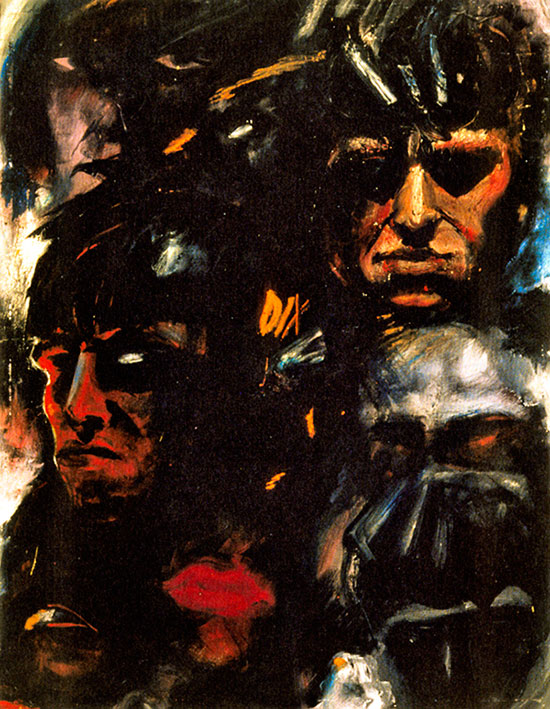
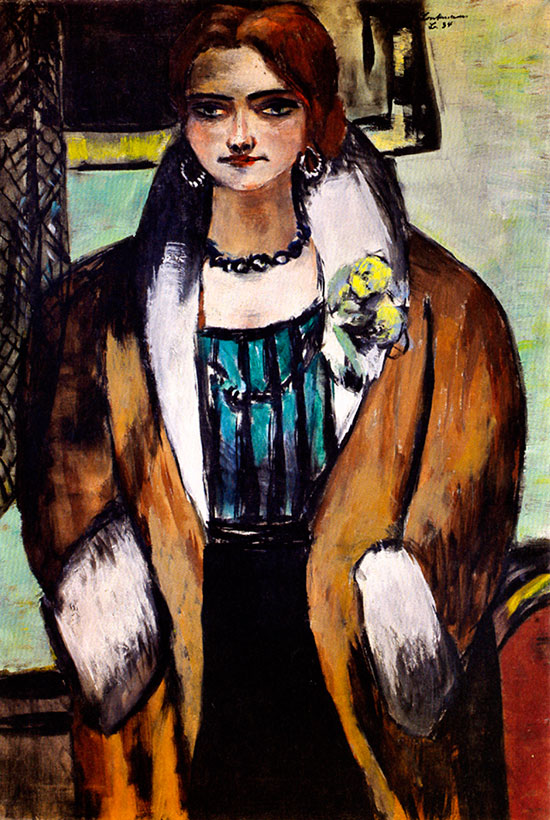
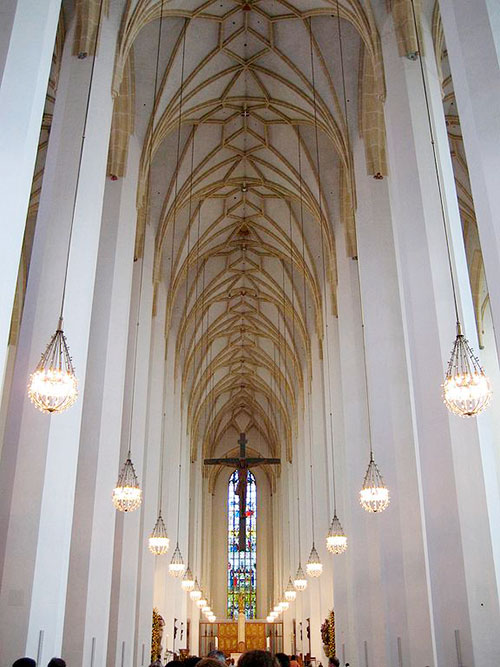
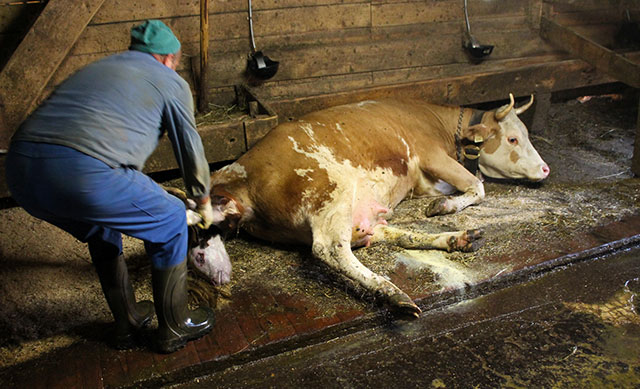

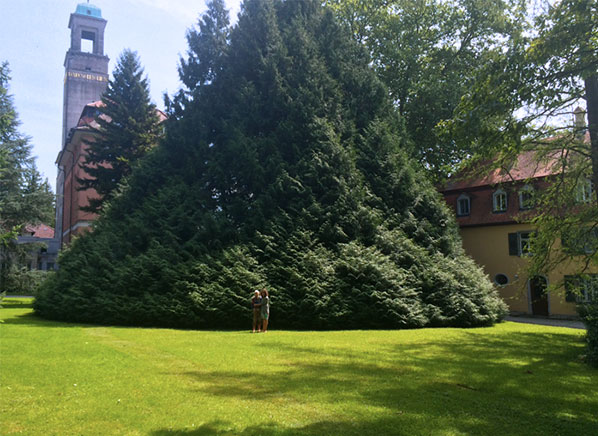

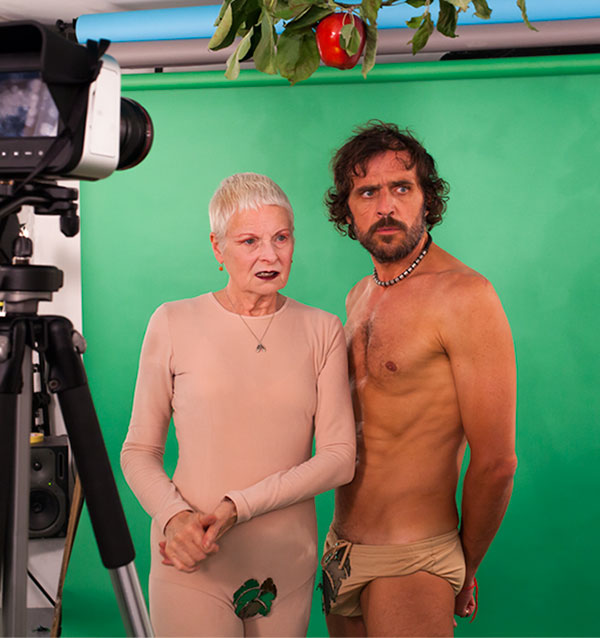
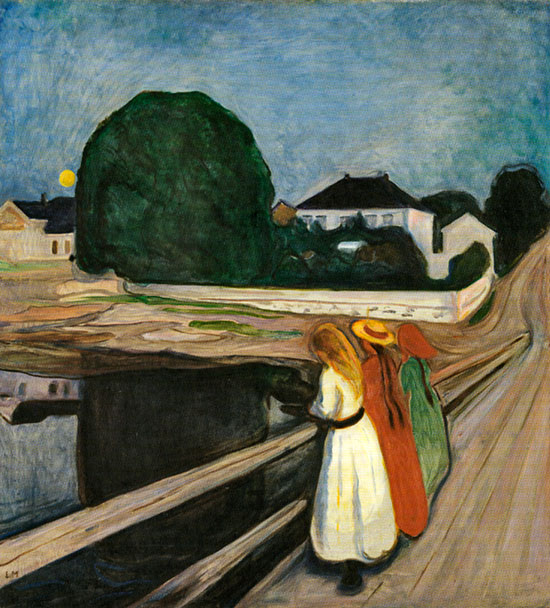



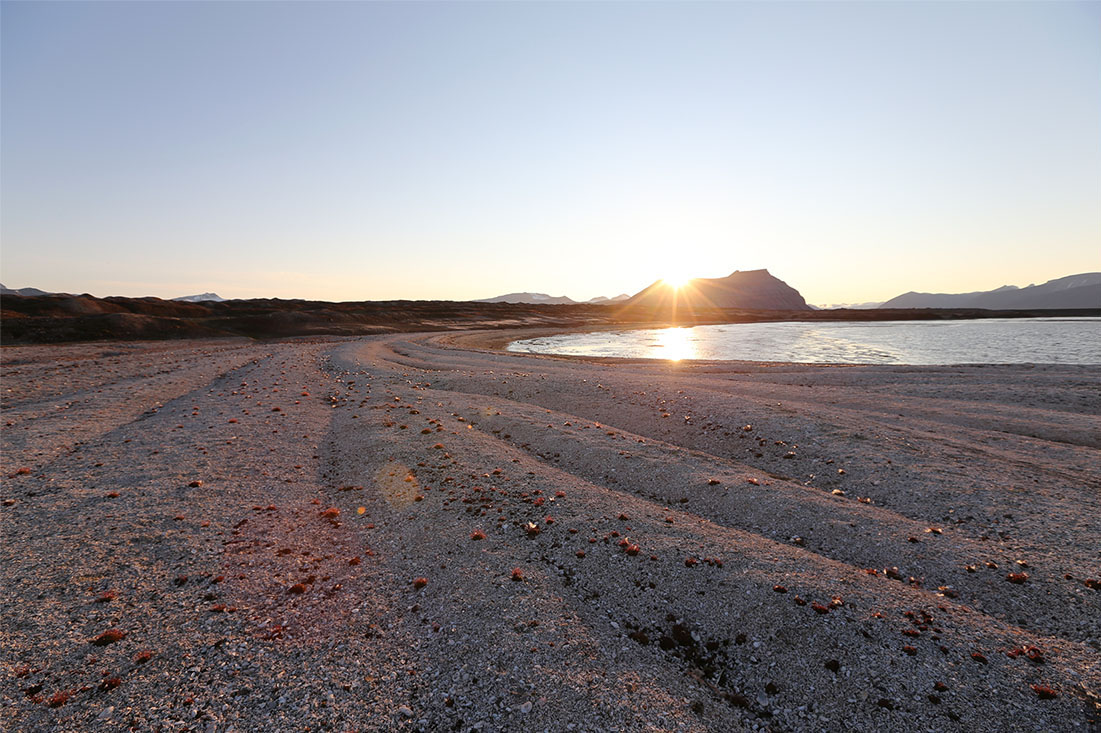

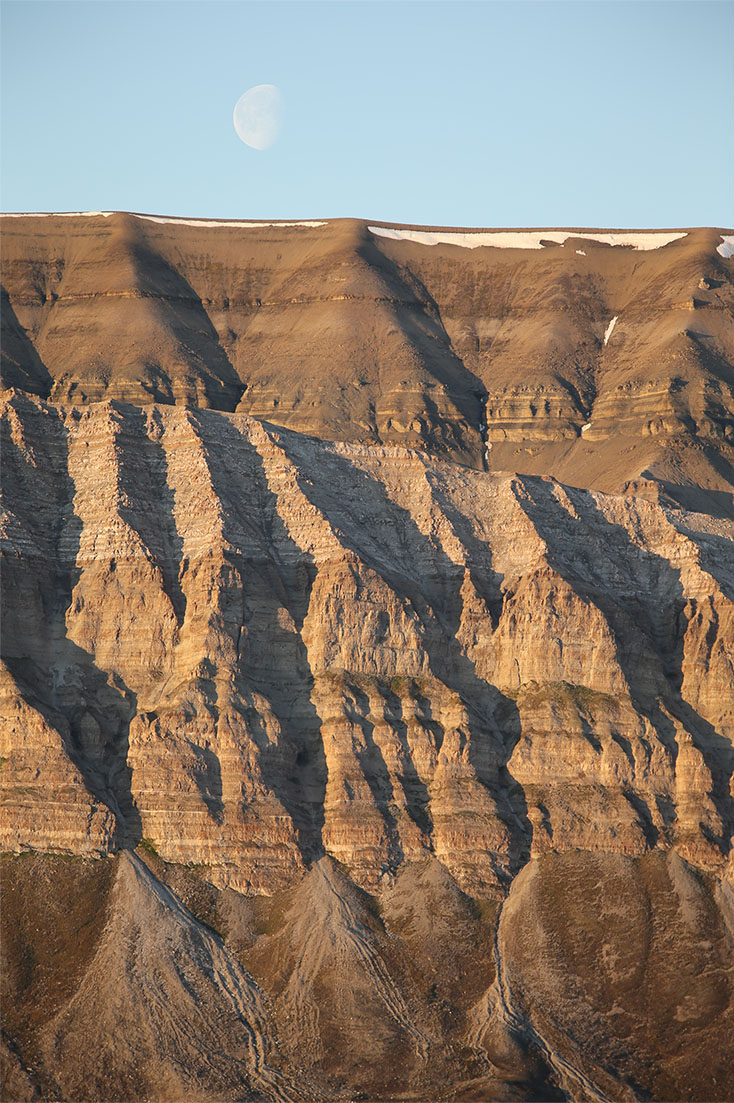
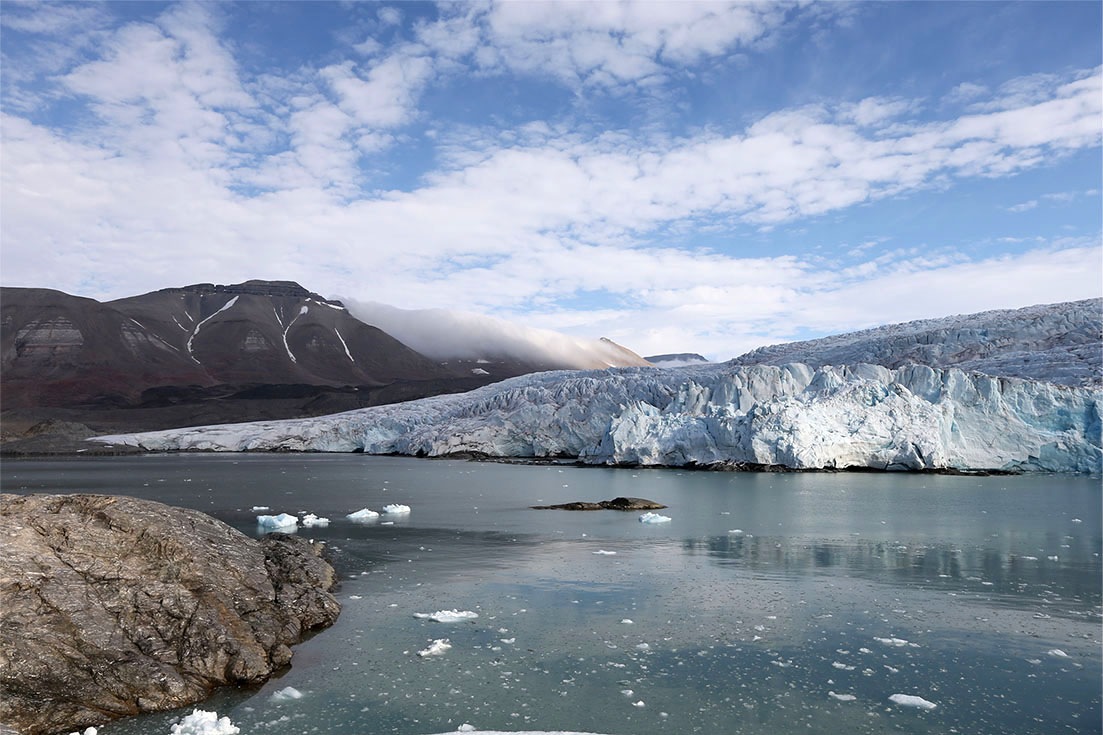
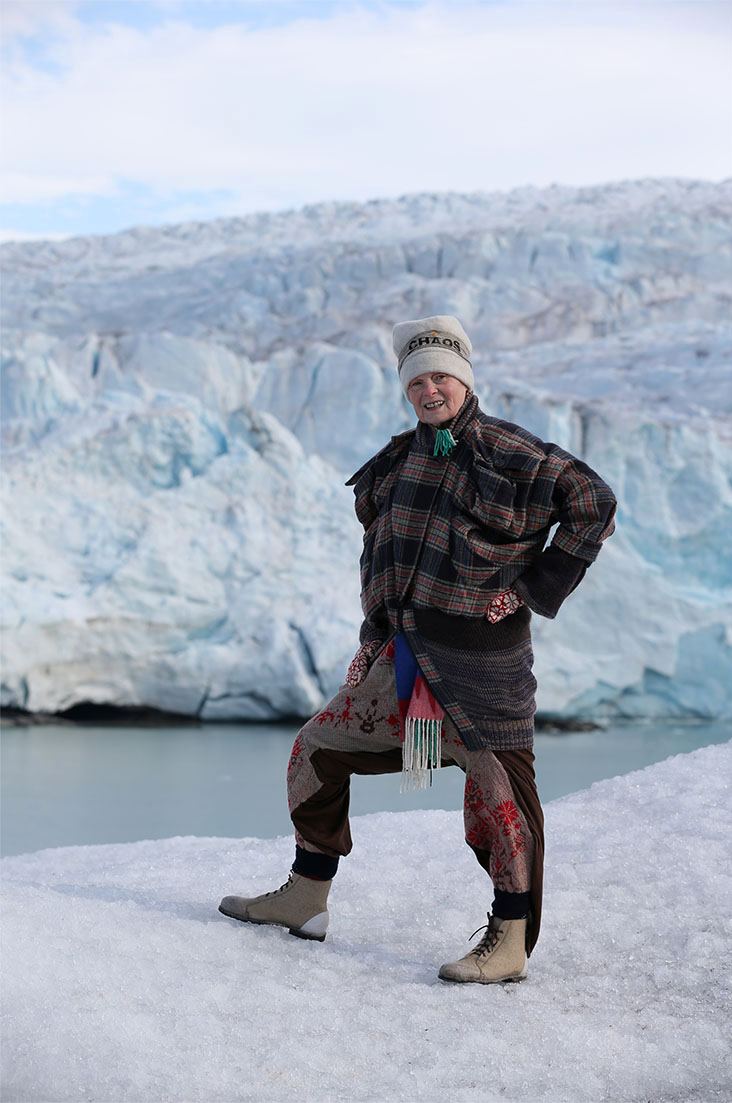
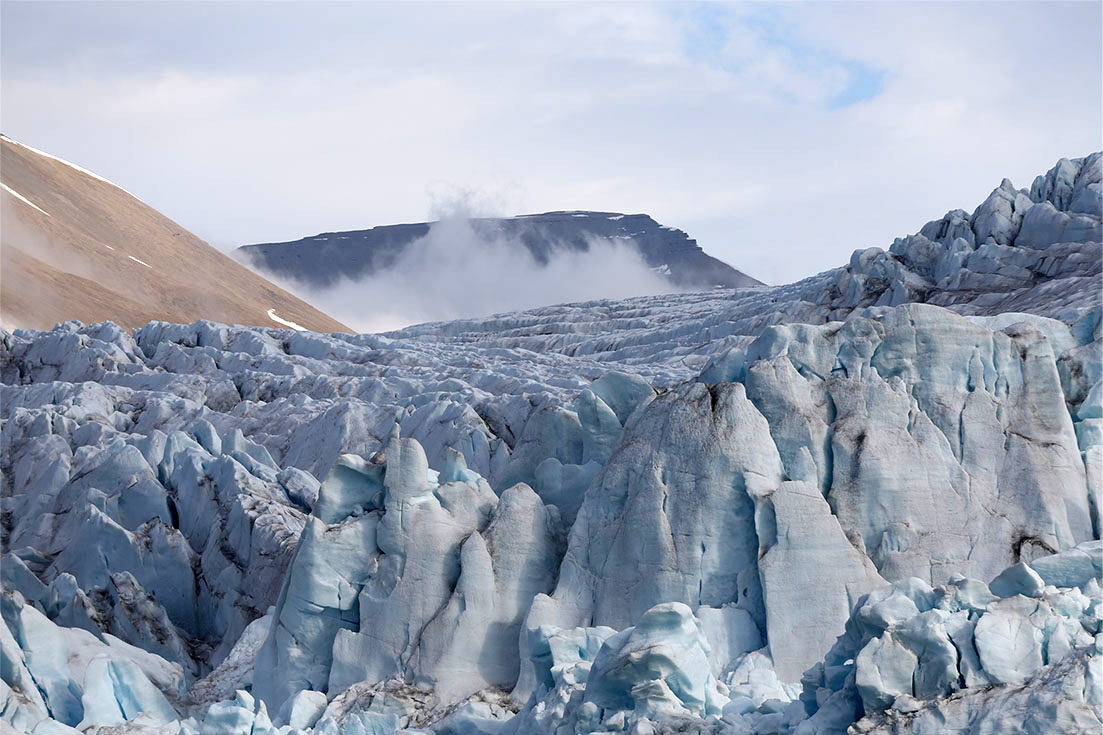
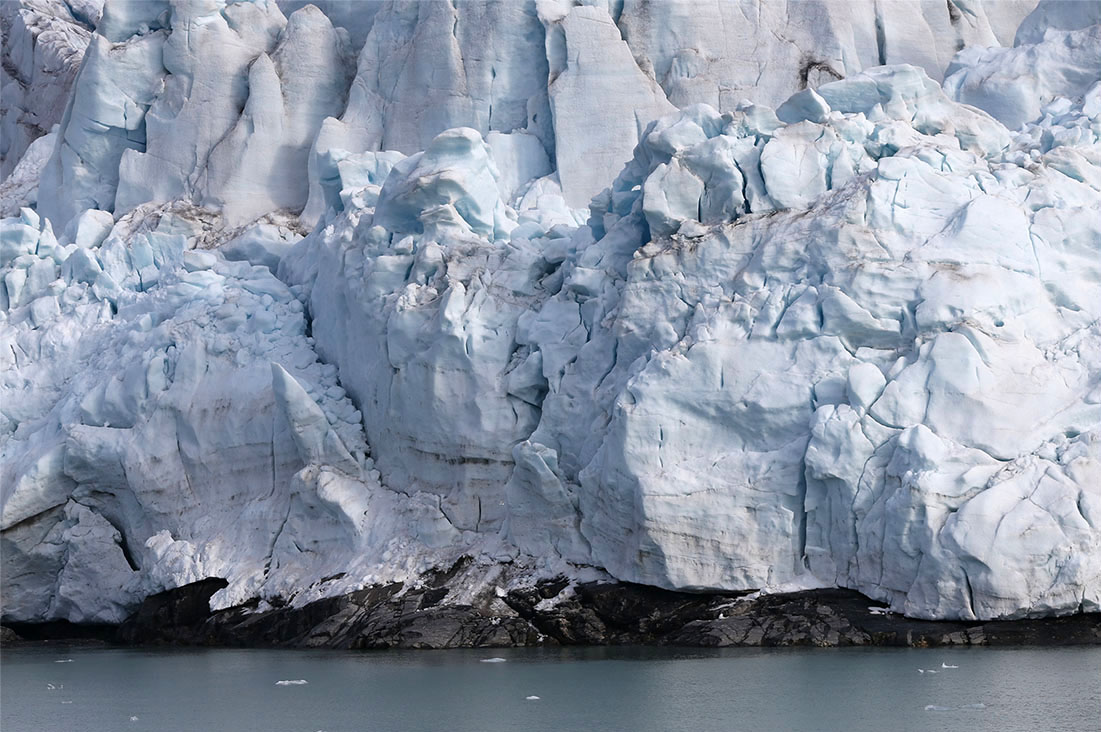
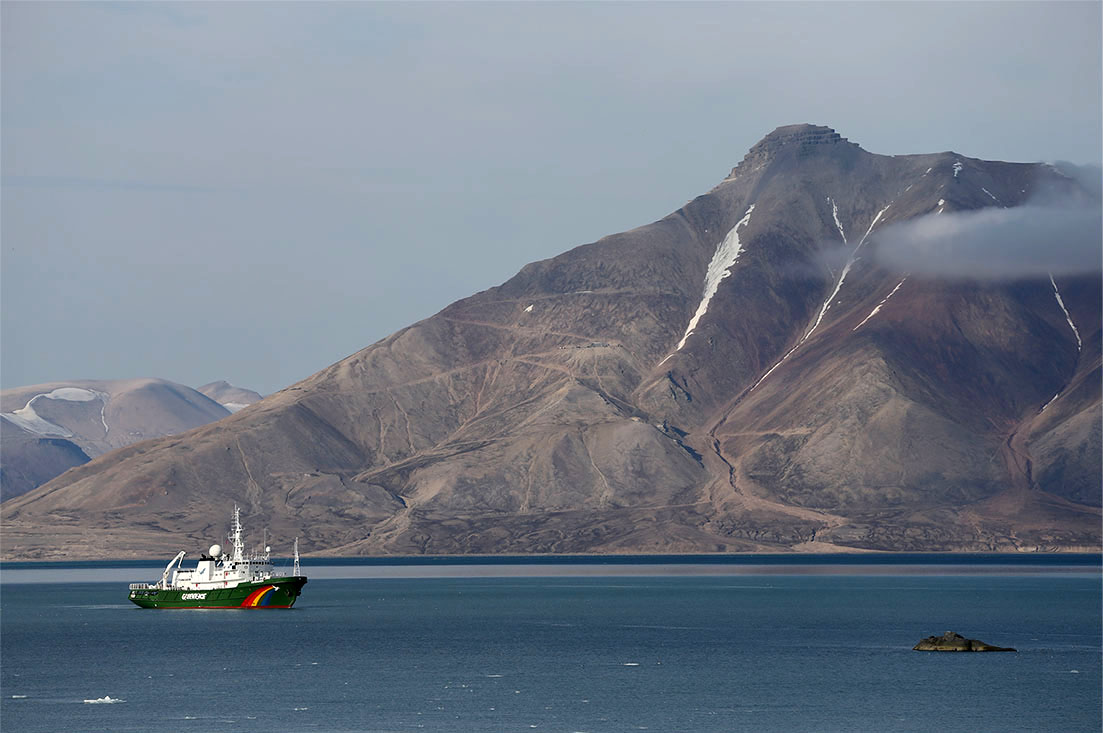
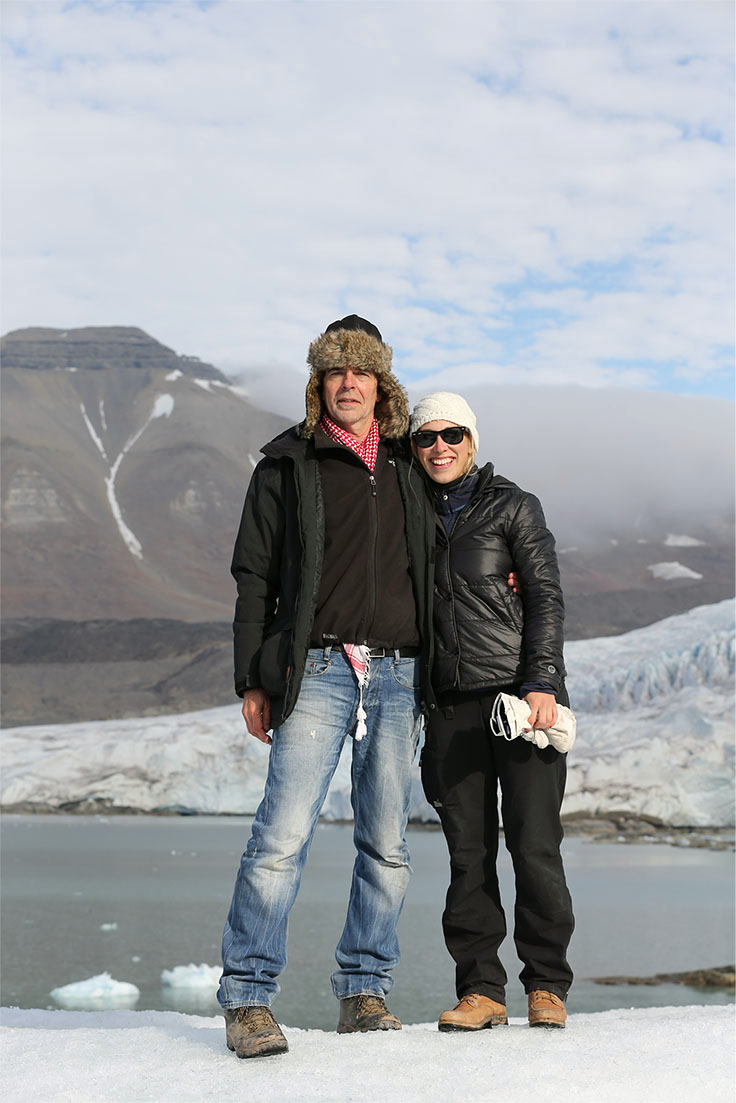
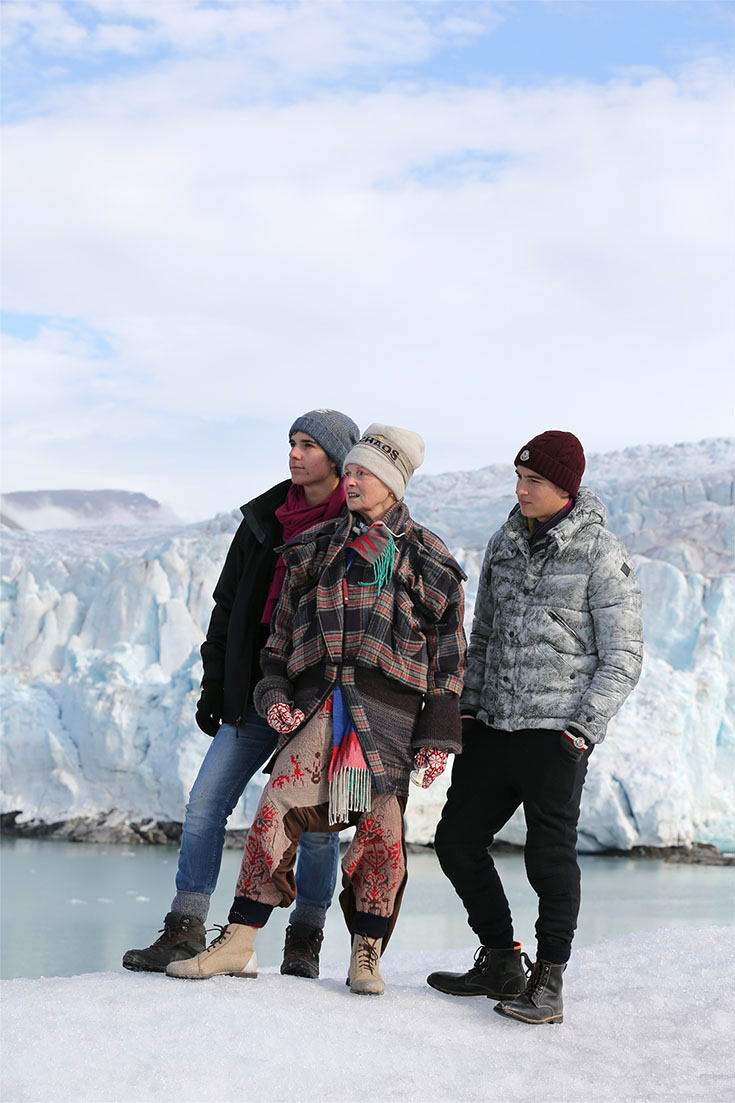
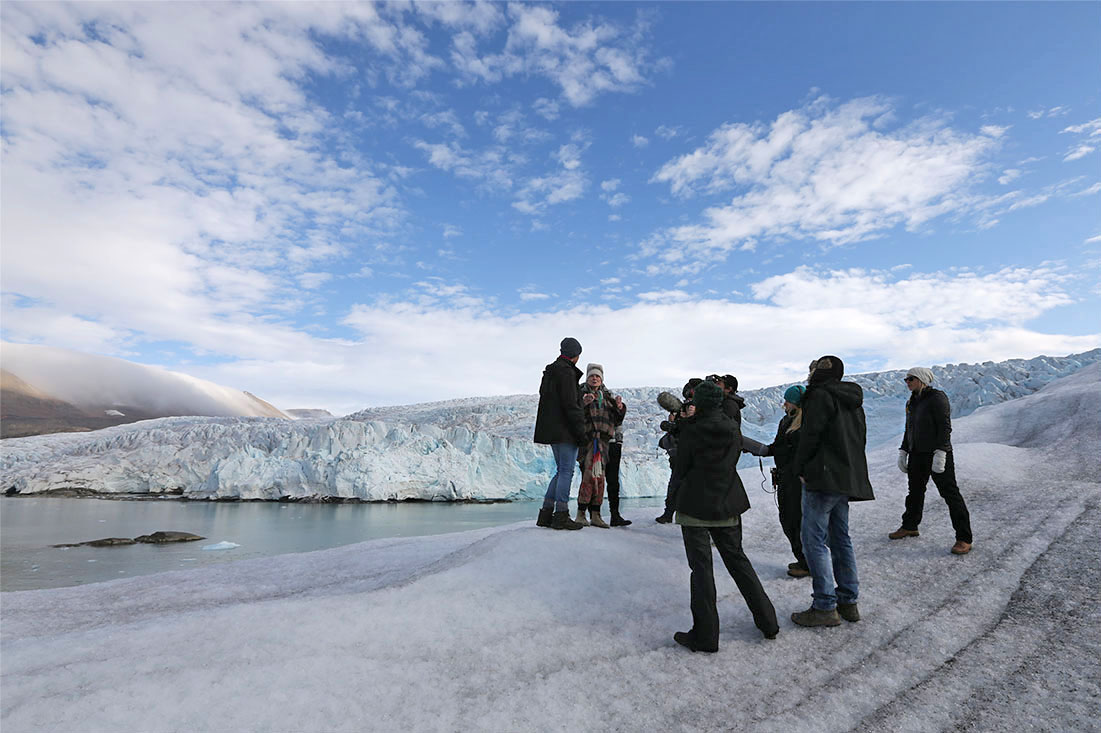


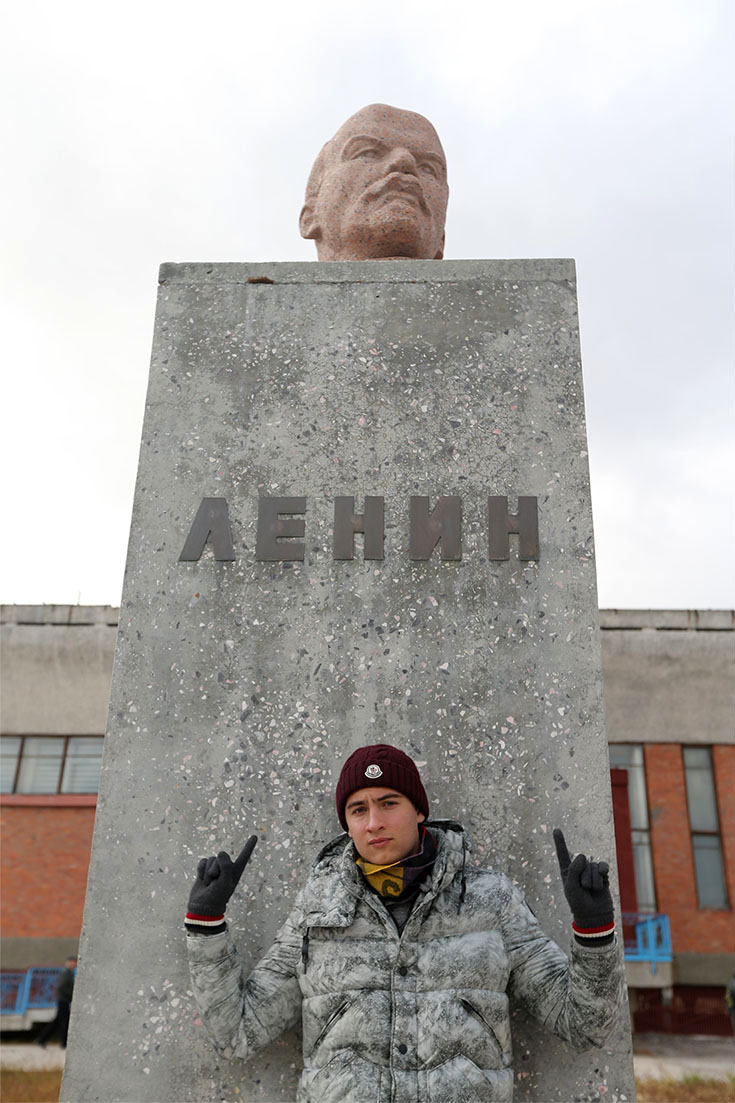

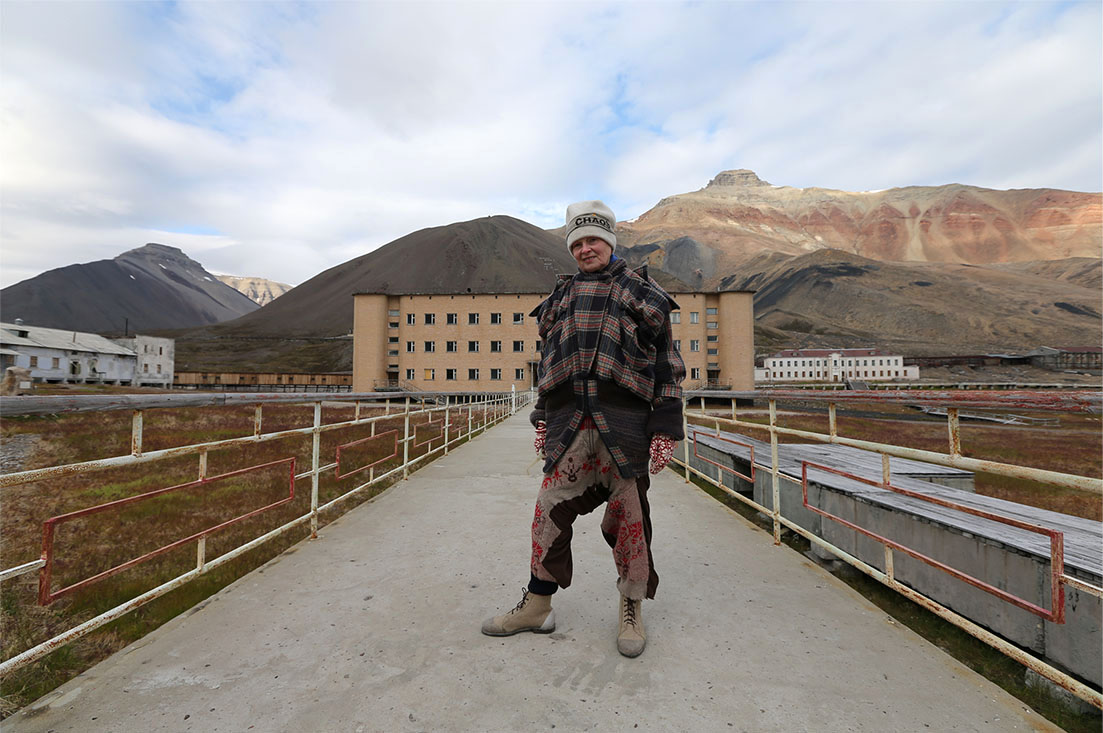
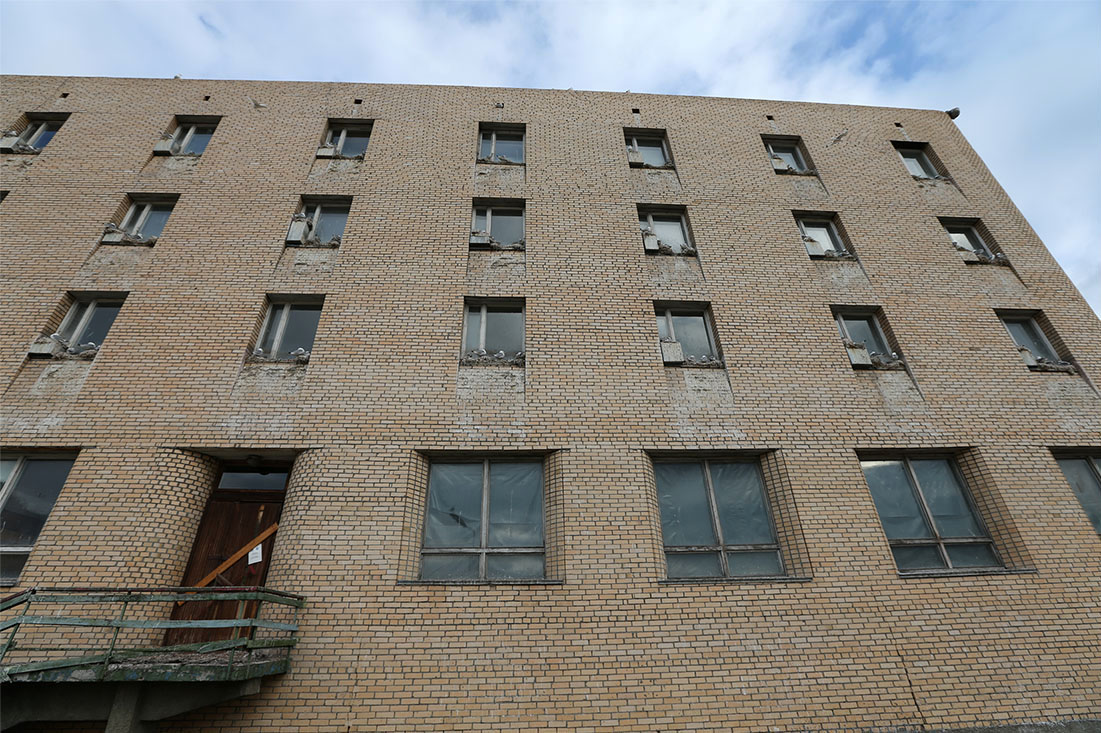
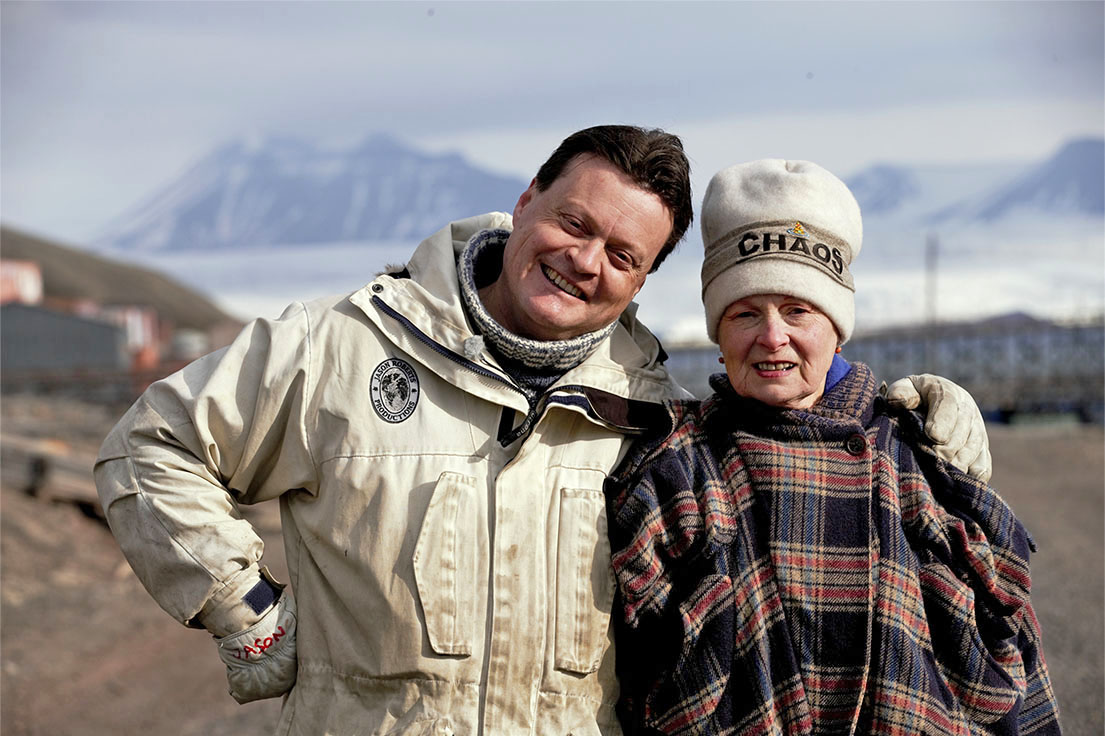

thank you. i have always believed that it is too late, but maybe with energetic and dedicated people like yourself our planet can be saved by the same parasitic species that has been injuring her. bypass the political and educate the real people who must choose a harmless way to live on earth.
Comment by ej on 26/11/2015 at 10:11 am
[…] From Vivienne ́s diary:Fri 8 August: Andreas and I are acting as Adam and Eve in a flm for the movement to make ecocide a crime: „End Ecocide“ http://www.endecocide.org. These people are brave and dedicated. I saw a short flm this director did for them and it really impressed me with its straightforward message so we were happy to take part in this next short flm – you’ll love the costumes. The director Marcus was sweet and marvellous. He was asking a lot, the short scenes were many and it was a day’s work for us. So he never asked us to repeat anything – just one take every time. He was able to do this because he had worked so hard so as to know exactly what he wanted – as well as leaving it open for us to be creative: Total respect, great person, great team. Great day. http://climaterevolution.co.uk/wp/2014/09/21/viviennes-diary-24-july-22-august/ […]
Pingback by Markus Schinnerl – VIDEOMAT on 16/02/2020 at 6:03 am
[…] from vivienne´s diary: Fri 8 August: „Andreas and I are acting as Adam and Eve in a film for the movement to make ecocide a crime: „End Ecocide“ http://www.endecocide.org. These people are brave and dedicated. I saw a short flm this director did for them and it really impressed me with its straightforward message so we were happy to take part in this next short film – you’ll love the costumes. The director Marcus was sweet and marvellous. He was asking a lot, the short scenes were many and it was a day’s work for us. So he never asked us to repeat anything – just one take every time.He was able to do this because he had worked so hard so as to know exactly what he wanted – as well as leaving it open for us to be creative: Total respect, great person, great team. Great day.“http://climaterevolution.co.uk/wp/2014/09/21/viviennes-diary-24-july-22-august/ […]
Pingback by mrks – videomat.org on 30/12/2022 at 11:11 am